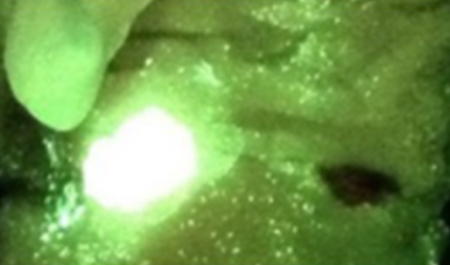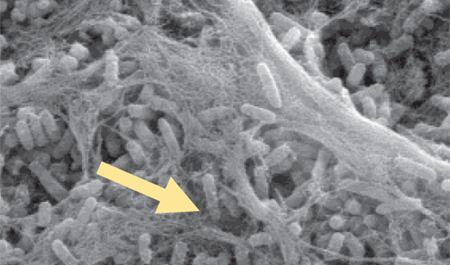ABSTRACT
Bacterial infection significantly impedes wound healing. Clinical diagnosis of wound infections is subjective and suboptimal, in part because bacteria are invisible to the naked eye during clinical examination. Moreover, bacterial infection can be present in asymptomatic patients, leading to missed opportunities for diagnosis and treatment. We developed a prototype handheld autofluorescence (AF) imaging device (Portable Real-time Optical Detection, Identification and Guidance for Intervention – PRODIGI) to noninvasively visualize and measure bacterial load in wounds in real-time. We conducted preclinical pilot studies in an established nude mouse skin wound model inoculated with bioluminescent Staphylococcus aureus bacteria. We tested the feasibility of longitudinal AF imaging for in vivo visualization of bacterial load in skin wounds, validated by bioluminescence imaging. We showed that bacteria (S. aureus), occult to standard examination, can be visualized in wounds using PRODIGI. We also detected quantitative changes in wound bacterial load over time based on the antibiotic treatment and the correlation of bacterial AF intensity with bacterial load. AF imaging of wounds offers a safe, noninvasive method for visualizing the presence, location, and extent of bacteria as well as measuring relative changes in bacterial load in wounds in real time.












